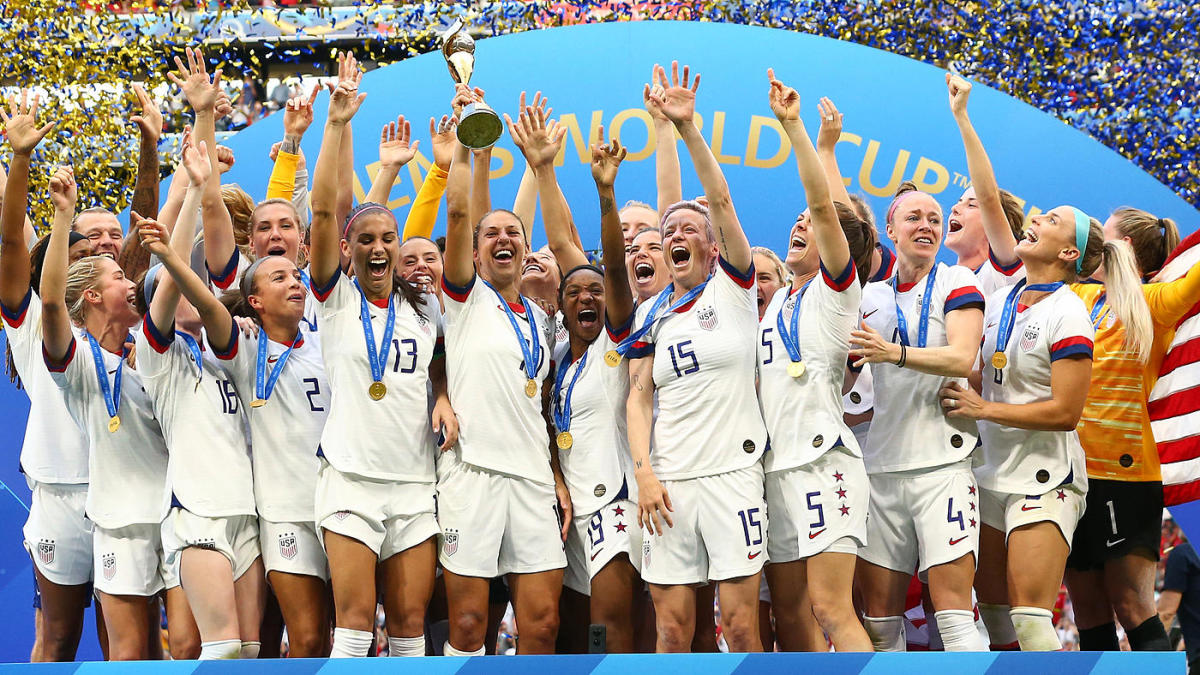
Many women athletes are subject to discrimination because of their appearance. This can be changed. You can change your body image by taking control of it. Also, you can participate in social media to challenge gender stereotypes. Lastly, you can be an advocate for gender equality. These tips will allow you to be an active member in the sports community.
Take back control over your body image
Female athletes are increasingly taking back control over their bodies. These female athletes spoke out about the negative effects of being "perfect" on their mental and physical performance. Gracie Gold and Allie Ostrander are just two of the many athletes who have discussed their struggle with body image. These athletes want people to see that it's not weakness to have a body not conforming to a standard.
Female athletes are still susceptible to body dissatisfaction, despite the pressure they feel to improve their body image. Body dissatisfaction is a mental state that results from negative thoughts about a person's body, and the perceived discrepancy between a person's body size and the ideal body size. The context and function also affect the way you see your body. A recent study found that female college athletes took part in "Bodies in Motion," a program designed to improve their body image.
It's time to change the stereotypes associated with female athletes
A female athlete can break down gendered stereotypes. Because of the stereotypical views that surround them, many girls and women feel discouraged from taking part in sports. These stereotypes need to be broken. It starts at home by teaching girls and women how to respect each other, and how to be different. It also involves changing the way we talk and act about women. By changing our words and actions, we can improve the way female athletes are portrayed in the public eye.
Although research on female athletes has been dominated by the bipolarity between femininity and masculinity, very little has been done regarding androgyny. Androgyny, which is somewhere in the middle of masculinity and femininity, suggests that a female athlete could be both male or female. This gender identity can be strong and assertive, gentle and independent, dependent and competitive, as well as passive and compliant. A woman can display both masculine and feminine qualities which can be very empowering.
Participation in social media
Social media can be used to encourage younger women to participate in sports. The stories of other female athletes is what inspires them. The UConn Huskies won the Baylor Bears' game last night. Social media was completely dominated by this match. Although the final score was 69-67 for the Huskies the controversial call was the talk of the night.
Participating in social networks can be a great way to encourage young girls to take up sports and improve your health. Many female athletes are using social media to advertise themselves. Unfortunately, there is not much research into how female athletes present themselves online.
Managing gender stereotypes
When it comes to sports, women are often faced with gender stereotypes, and this can limit their participation. They may choose to lessen their achievements in athletics and focus on more stigmatized sports or drop out entirely. These issues reflect larger cultural attitudes toward athletic women. These stereotypes are one of the biggest obstacles to female participation in sport.
First, women sportspeople must face the perception problem. The public views women as being submissive or objectified. Aside from this, male athletes often are seen as heroic and masculine. Female athletes are instead viewed as wives or daughters. This harmful cycle of gender stereotypes can lead to the sexualization of and objectification of female athletes. The recent USA Gymnastics scandal has thrown a spotlight on this problem.